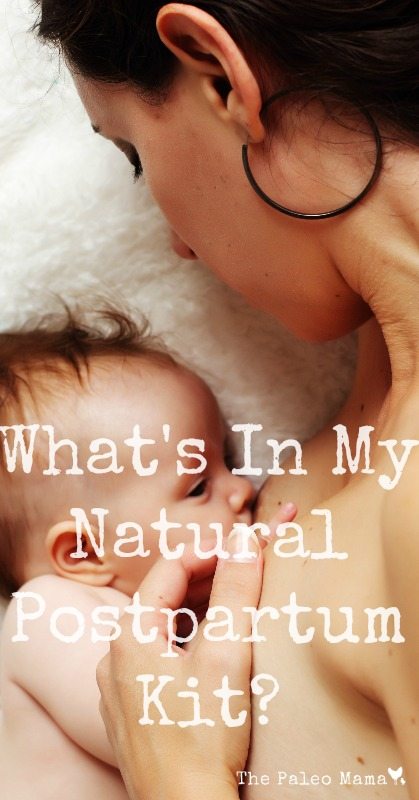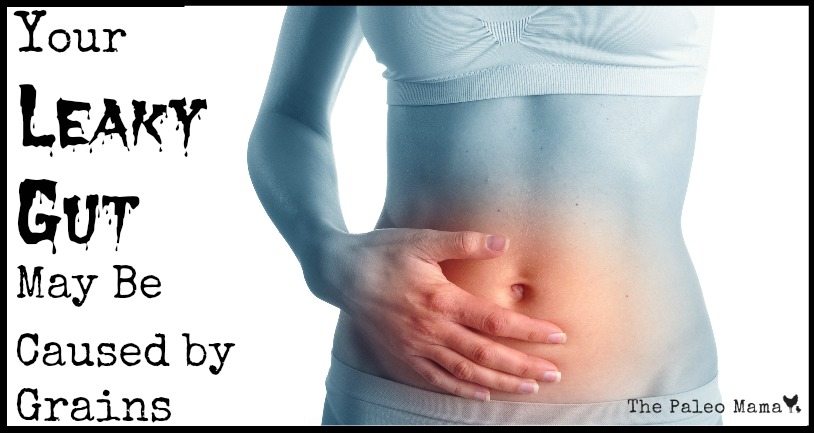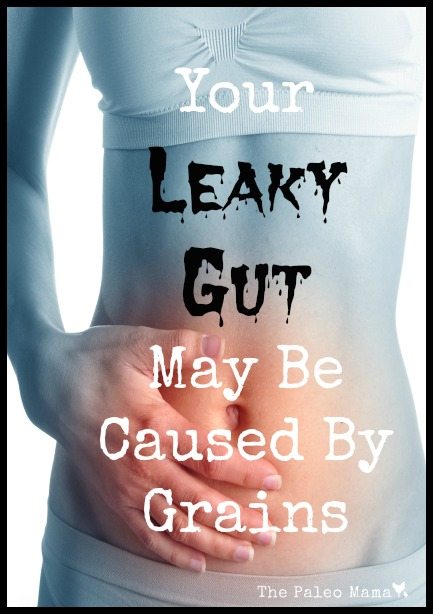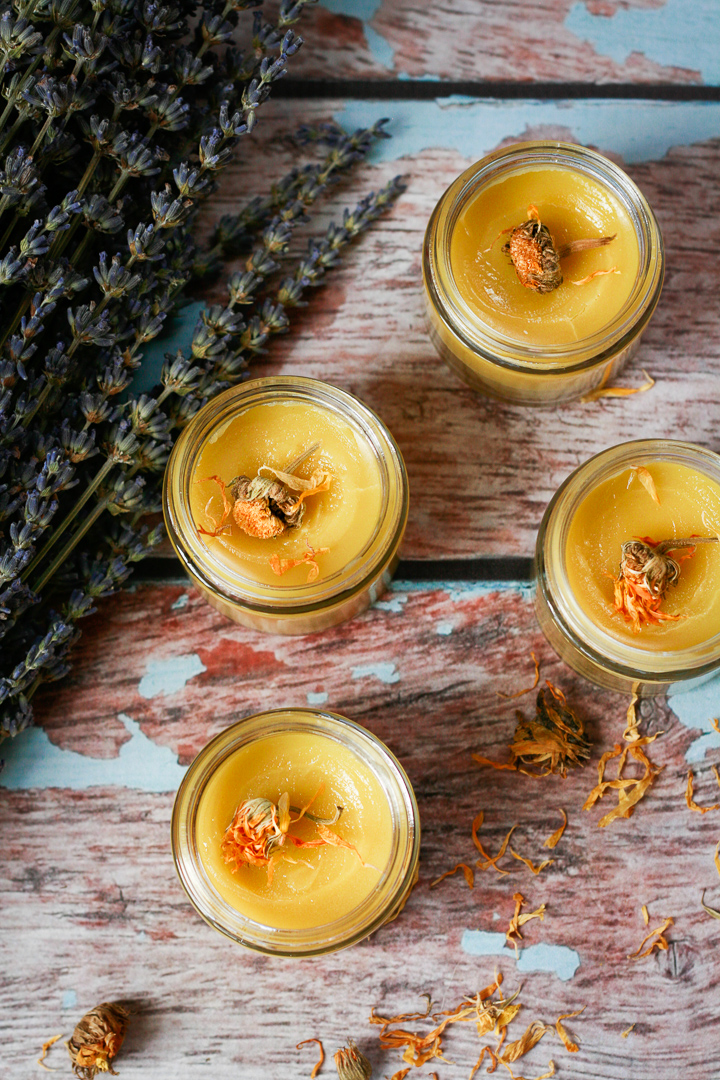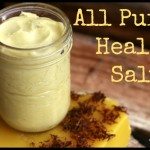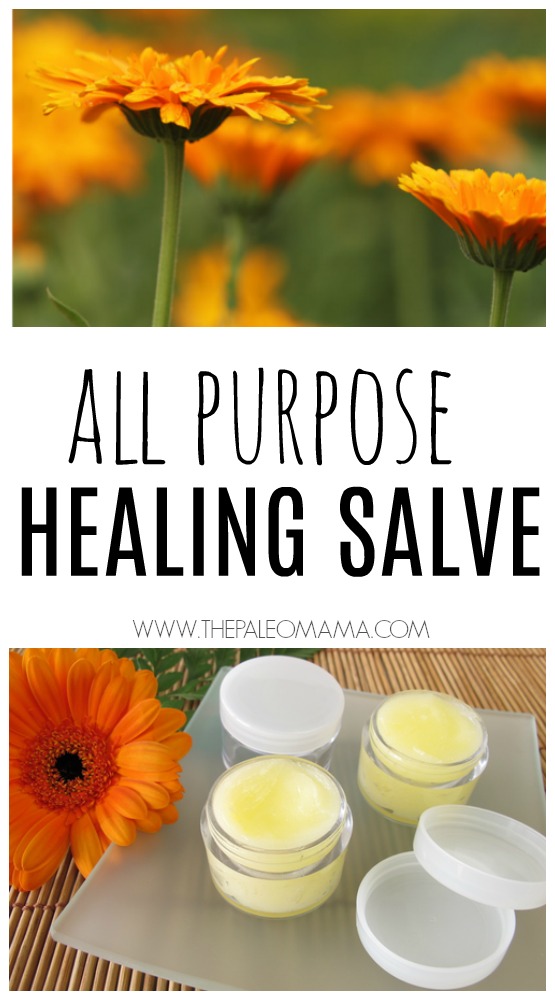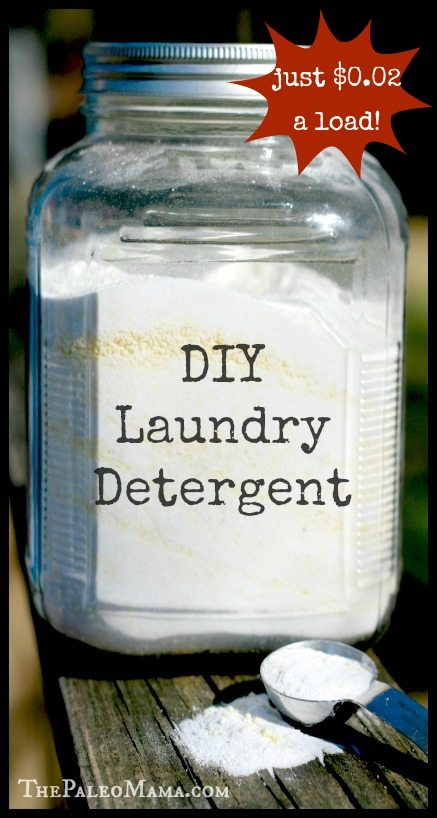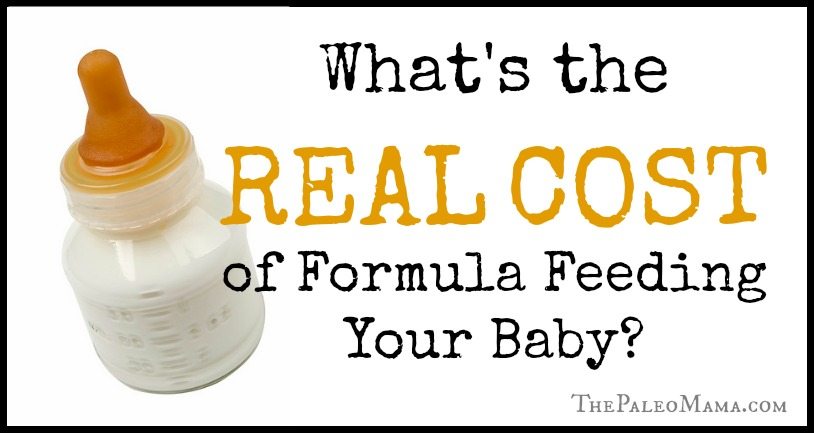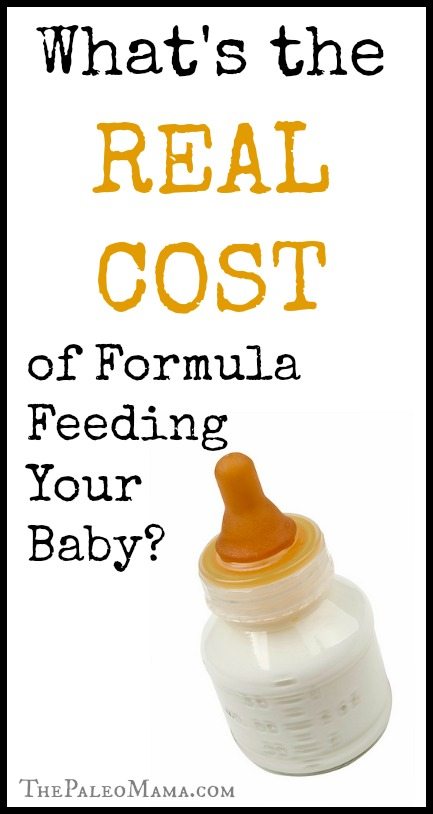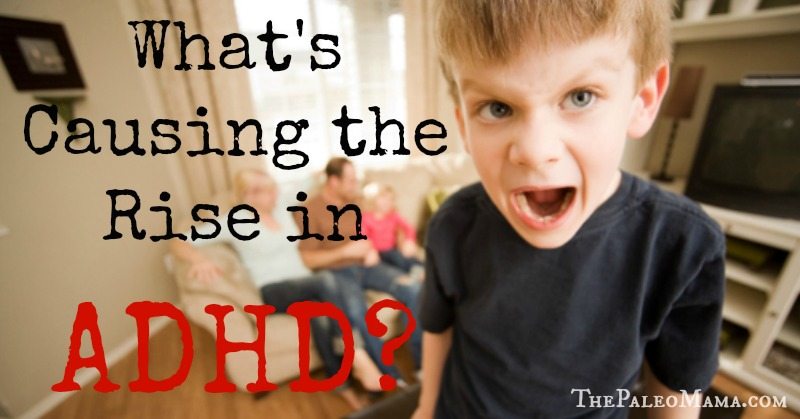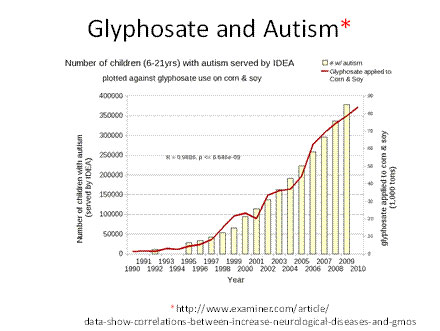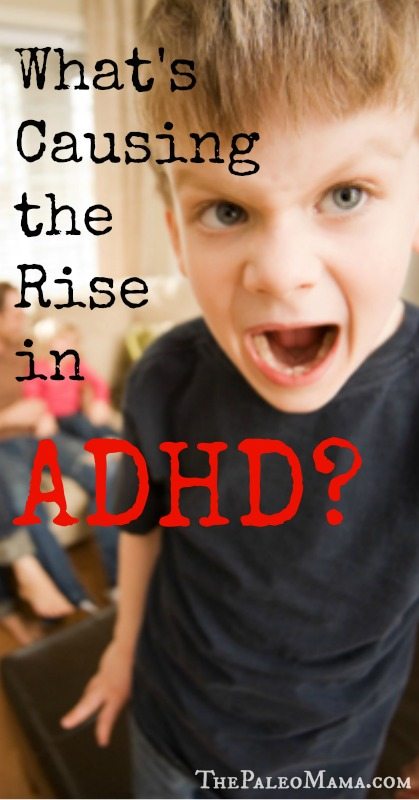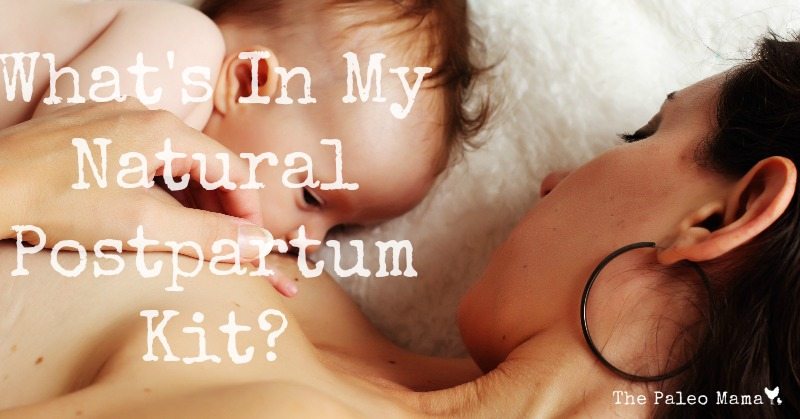 I’ve been blessed to have amazing births with both my kids. Both of them were very different. My first child was an induced hospital birth with an epidural. My second was a 100% natural birth in a bathtub with no meds or epidural. I’m sort of glad that I have been able to have both experiences because I’m able to talk about the differences in both. Many people think they can’t stand the pain of a natural birth, however, I found the pain very minimal compared to my hospital birth.
I’ve been blessed to have amazing births with both my kids. Both of them were very different. My first child was an induced hospital birth with an epidural. My second was a 100% natural birth in a bathtub with no meds or epidural. I’m sort of glad that I have been able to have both experiences because I’m able to talk about the differences in both. Many people think they can’t stand the pain of a natural birth, however, I found the pain very minimal compared to my hospital birth.
I plan on writing a comparison post on both these births to educate women and moms-to-be on my experience and the things that I went through. Regardless of if you plan on having an induction, epidural, caesarean, or natural birth, it’s important to be prepared for your body to heal. A woman’s body is incredible and as I went through labor and delivery naturally, I was able to experience what my body was capable of. With my first child, I was NOT prepared for the postpartum aches and pains, which made the healing process take forever. I was ready with my first and prepared a natural postpartum kit that helped remedy the experiences I had after birth.
My Natural Postpartum Kit:
- Mother’s Milk Tea (I like these) – this tea helps to promote healthy lactation and is made with high quality, organic herbs. I made sure I ordered a few boxes of this beforehand, however, if you want to, you can make this tea yourself.
- Perineum Spray – I could not get enough of this stuff when I was recovering from birth. It’s simple to make and I made a large batch before labor began. Take a empty spray bottle (I like this one cause it’s glass) and fill it to the top with witch hazel. Then add about 40 drops of essential oils. I recommend using a combination of frankincense and lavender (where to buy) to promote healing.
- Nipple Cream – I recommend using my All-Purpose Salve on your nipples. Apply after each nursing session so you don’t have to worry about washing it off for the next nursing session.
- Healing Sitz Bath (I like this one) – this is a blend of herbal ingredients that help to reduce swelling, speed healing, soothe vaginal soreness and perineal bruising and comforts hemorrhoids. You can make this yourself if you would like to!
- DIY Witch Hazel Pads – these were my ABSOLUTE favorite thing I had prepped and ready to go at home. Buy a box of overnight maxi pads (you’re gonna need them regardless from the bleeding). Take your prepped perineum spray (listed above) and spray the pad with the mixture. Get it all nice and damp. Then wrap the pad up in aluminum foil and throw it in the freezer. It feels unbelievable after birth! I only needed a few days worth…so about 10 pads.
- Essential Oils for Post Contractions – Contractions, are inevitable. Your uterus has grown the past nine months and your body needs to contract it back to it’s normal size. This can take from 4-6 weeks. Post labor contractions feel like menstrual cramps and can be very painful. With each child, it’s gets a little bit worse. It can feel very intense and uncomfortable, especially during breastfeeding sessions. I have found that using lavender and white fir essential oils (where to buy) can provide instant relief. No need to dilute, just apply a few drops of each directly to the abdomen. These are both very gentle oils so if your baby touches your belly, these oils won’t be too harsh for the baby’s tender skin.
- Chick Flick – order a movie that you know will make you cry and watch it on the fourth day after your baby is born. Sounds crazy, but trust me…this works to help release your feelings of being overwhelmed in a way that is normal to others, so you don’t have to explain them. My go-to emotional release is The Notebook or a Walk to Remember…heck, anything buy Nicholas Sparks does it for me!
- Essential Oils for Baby Blues – The baby blues affects 10-15% of women. Essential oils are a great way to help you get through the Baby Blues. They can support and uplift you during this changing time. Some of the best oils for this would be: Tangerine, Grapefruit, Bergamot, geranium, wild orange, clary sage, cypress, frankincense, lavender, Roman chamomile, rosewood, or sandalwood. Use any of these as a personal perfume and wear it daily. Diffusing it is another way to get these oils into your system (I like this diffuser).
- Placenta Pills – more and more women are becoming open to the “not-so-new” idea of encapsulating your placenta. The placenta is an organ that has nourished your baby for the past 9 months. As hormones are going crazy, the placenta can give back to you what your body is needing. It helps to reduce the risk of postpartum depression and helps to increase your milk supply. Read one mother’s account on how placenta encapsulation saved her sanity.
- A Good Nursing Bra – you are definitely going to want to have this ready before your baby arrives. Some mothers prefer to wait till their milk comes in to find a good nursing bra, however, the first few weeks of breastfeeding are not a good time to determine what your new breast size will be. You are going to want to know how to size yourself and get 3-4 good nursing bras. Don’t go cheap on this!
- Meal Registry – If you don’t do anything above, DO THIS! This is a huge lifesaver. Go to Take Them a Meal and set this up. It’s free and easy and your friends will love you because they want to help, but just don’t know how to! Set up aschedule and post it on your FB page and email it to your friends who are asking to help.
CLICK HERE to Pin this!
